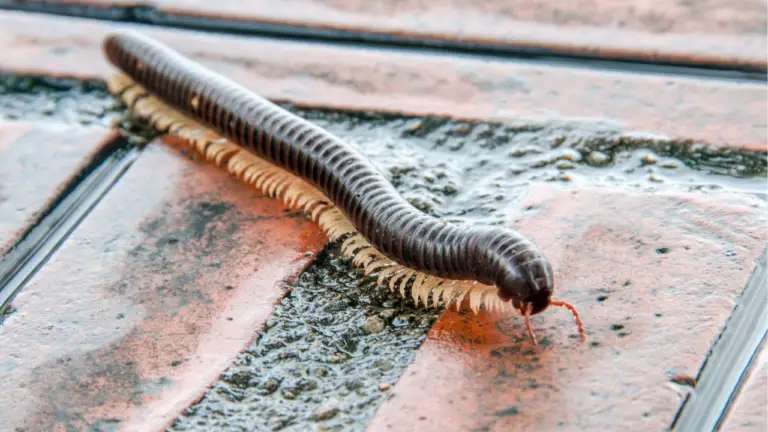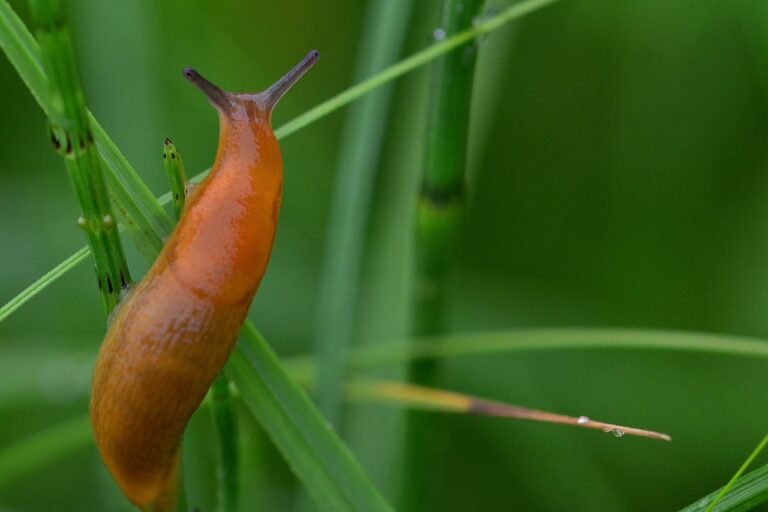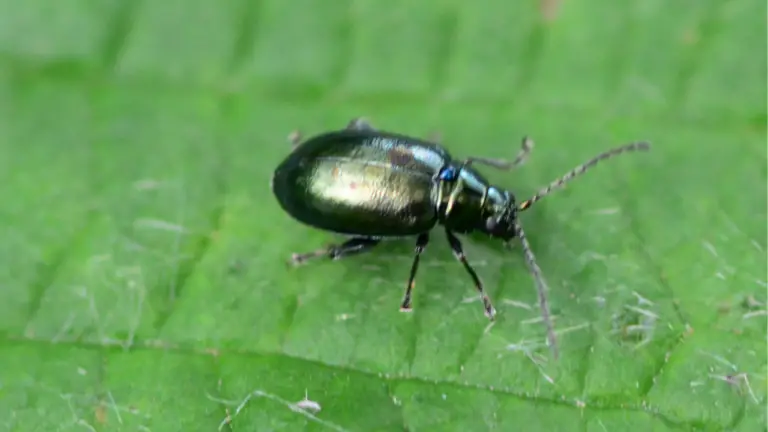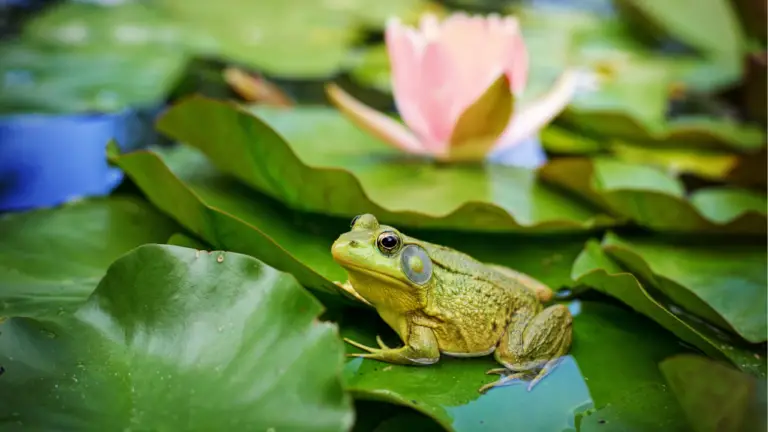10 Ways To Get Rid Of Earwigs
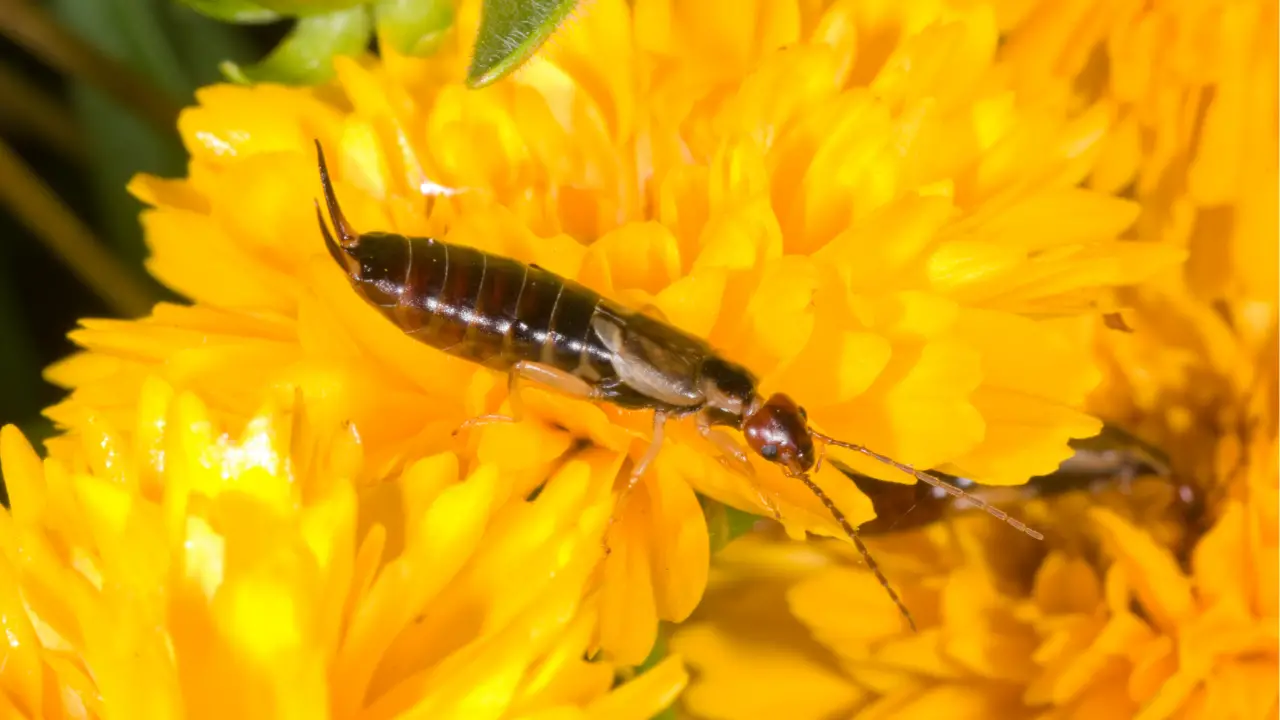
Earwigs are small, nocturnal insects that can be a nuisance in homes and gardens. Recognizable by their pincers, earwigs are generally harmless to humans but can damage plants and vegetables. Getting rid of these pests can be challenging, but several natural methods can help manage and eliminate earwig infestations effectively. This guide provides an in-depth look at ten natural solutions for controlling earwigs, ensuring a pest-free environment without the use of harsh chemicals.
How to Get Rid of Earwigs: A Comprehensive Guide
1. Maintain Dry Conditions
Earwigs thrive in moist environments, so reducing moisture levels in and around your home is crucial. Start by checking for any leaks or areas with standing water, such as in basements, bathrooms, or kitchens. Fix any leaks and ensure proper ventilation to keep these areas dry. Additionally, use dehumidifiers in damp areas to further reduce moisture levels.
Outdoors, pay attention to your garden and yard. Ensure that your soil drains well and avoid overwatering your plants. Remove any decaying plant material and mulch, as these can retain moisture and attract earwigs. By maintaining dry conditions, you create an inhospitable environment for earwigs, reducing their numbers.
2. Seal Entry Points
Preventing earwigs from entering your home is a key step in controlling infestations. Inspect the exterior of your home for any cracks, gaps, or holes that earwigs could use to gain entry. Pay particular attention to areas around windows, doors, and the foundation. Use caulk or weatherstripping to seal these entry points and prevent earwigs from coming inside.
Additionally, ensure that window screens are intact and fit tightly. Replace any damaged screens to keep earwigs and other pests out. By sealing entry points, you can significantly reduce the number of earwigs that find their way into your home.
3. Remove Shelter Sites
Earwigs seek out dark, damp places to hide during the day. By eliminating these shelter sites, you can reduce their population. Inside your home, declutter areas such as basements, garages, and storage rooms where earwigs might hide. Store items in plastic containers with tight-fitting lids to prevent earwigs from accessing them.
In your yard, remove piles of leaves, wood, and other debris where earwigs could find shelter. Keep your lawn well-maintained and trim back any overgrown vegetation. This not only makes your yard less attractive to earwigs but also helps you spot any potential infestations early.
4. Use Diatomaceous Earth
Diatomaceous earth is a natural, non-toxic powder that can be effective in controlling earwigs. Made from fossilized diatoms, this powder dehydrates and kills insects upon contact. Sprinkle diatomaceous earth around the perimeter of your home, in garden beds, and in any areas where you’ve noticed earwig activity.
Apply the powder in dry conditions, as moisture can reduce its effectiveness. Reapply after rain or watering your garden. Diatomaceous earth is safe for use around pets and children, making it an excellent choice for natural pest control.
5. Introduce Natural Predators
Encouraging natural predators of earwigs can help keep their population in check. Birds, frogs, toads, and predatory insects such as ground beetles and centipedes feed on earwigs. Create a habitat that attracts these predators by providing food, water, and shelter.
In your garden, plant a variety of flowers and shrubs that attract birds and beneficial insects. Install bird feeders and birdbaths to encourage birds to visit your yard. Providing a natural habitat for predators helps maintain a balanced ecosystem and reduces earwig numbers.
6. Set Up Traps
Homemade traps can be an effective way to capture and reduce earwig populations. One simple method is to roll up a damp newspaper or cardboard and place it in areas where you’ve seen earwig activity. Earwigs will crawl into the damp paper seeking shelter. In the morning, collect and dispose of the traps, along with the captured earwigs.
Another trap involves filling a shallow container with a mixture of soy sauce and vegetable oil. Place the container in your garden or near entry points. The scent of the soy sauce attracts the earwigs, and the oil prevents them from escaping. Regularly empty and refill the traps to maintain their effectiveness.
7. Utilize Essential Oils
Certain essential oils can repel earwigs and other pests. Peppermint, eucalyptus, and lavender oils are particularly effective. Create a spray by mixing a few drops of essential oil with water and a small amount of dish soap. Spray this mixture around the perimeter of your home, in cracks and crevices, and in areas where you’ve noticed earwig activity.
Reapply the spray regularly, especially after rain or cleaning. Essential oils provide a natural and pleasant-smelling way to deter earwigs and keep them at bay.
8. Apply Neem Oil
Neem oil is a natural insecticide that can help control earwigs. Derived from the seeds of the neem tree, this oil disrupts the hormonal balance of insects, making it difficult for them to feed, grow, and reproduce. Mix neem oil with water according to the instructions on the label and spray it in areas where you’ve seen earwig activity.
Neem oil can be used both indoors and outdoors and is safe for use around pets and children. Regular applications will help reduce earwig populations and prevent future infestations.
9. Practice Good Garden Hygiene
Maintaining a clean and well-organized garden can deter earwigs. Regularly remove dead plants, fallen leaves, and other debris that can provide shelter for earwigs. Keep your compost pile well-managed and turn it frequently to prevent earwigs from settling in.
Additionally, avoid over-mulching, as thick layers of mulch can retain moisture and attract earwigs. Use a thin layer of mulch and keep it away from the foundation of your home to reduce the risk of earwigs migrating indoors.
10. Create a Barrier with Natural Substances
Certain natural substances can act as barriers to keep earwigs out of your home and garden. Sprinkle a line of diatomaceous earth, talcum powder, or boric acid around the perimeter of your home, garden beds, and other areas where earwigs are a problem. These substances create a physical barrier that earwigs find difficult to cross.
Reapply the barrier regularly, especially after rain or watering. These natural barriers are safe for the environment and can be an effective part of your earwig control strategy.
By implementing these natural solutions, you can effectively manage and reduce earwig populations in and around your home. Maintaining a clean, dry, and well-organized environment is key to keeping these pests at bay.

